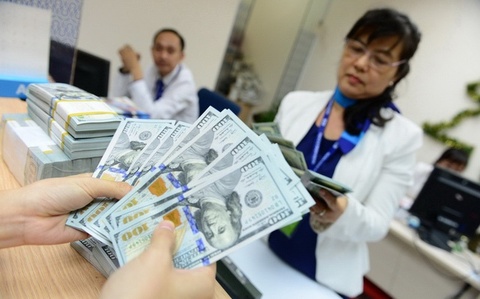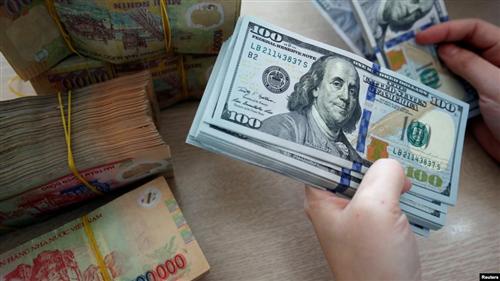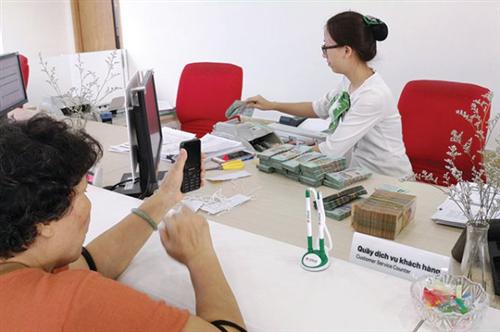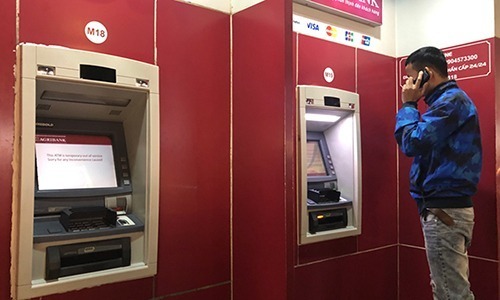Dong to fall slightly against the dollar
Dong to fall slightly against the dollar
The dong could average slightly lower this year to VND23,475 per dollar down from VND23,230 per dollar in 2019, according to Fitch Solutions. 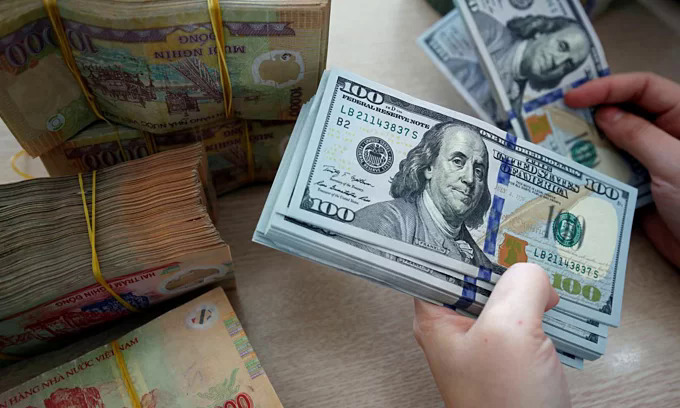
Weaker foreign direct investment inflows and higher imports will be key drivers of dong weakness over the near term, the macro-research arm of financial services provider Fitch Group said in a new report.
FDI inflow will ease slightly in the coming quarters, providing less support to the dong and underscoring Fitch Solutions’ stable but mildly depreciating outlook for the currency, it said.
2019 saw $38 billion in total registered foreign investment capital, up 7 percent from $35.5 billion in 2018. Over 2020, FDI in the manufacturing and processing sector is expected to ease due to infrastructure and human capital bottlenecks, the report noted.
However, positive demographic trends, rising incomes and a growing middle class will continue to support the retail sector. Fitch Solutions predicts that FDI for the wholesale and retail sectors will grow significantly, partially offsetting the cooling of manufacturing FDI.
Vietnam’s imports are also likely to rise over the coming months, outpacing exports and putting weakening pressure on the dong.
The State Bank of Vietnam (SBV) will likely seek to limit the pace of the dong weakening, given that Vietnam currently remains on the U.S. Treasury’s currency manipulator watch list, Fitch Solutions said.
"With a foreign exchange reserve position of $80 billion, which represents 3.7 months of imports, we believe that the central bank has sufficient firepower to safeguard its currency against excessive downside volatility."
Regarding a long-term outlook stretching up to 24 months, the dong is likely to remain on a gradual depreciatory trend against the dollar due to the dong’s persistent overvaluation and higher structural inflation in Vietnam versus the greenback. As such, the unit would potentially average VND23,650 per dollar in 2021.
The Vietnamese dong’s real effective exchange rate (REER) is trading 11.7 percent above its 10-year average, which suggests currency overvaluation, the macro-research firm said.
While some of the REER strength could be attributed to productivity gains, an overvalued currency would still impact export competitiveness and the strength of the dong, it added.






